Flying EVs one step closer to production
A battery electric flying car backed by automotive giant Toyota has passed a critical test. It’s proved it can actually fly.
Not far and not for long, but the Japanese Skydrive SD-03 did leave the ground untethered and with a pilot onboard, flying slowly in a giant cage for about four minutes.
But that’s more than most of the 100-plus flying car companies in existence today have achieved, all of them keen to tap into a market Morgan Stanley estimates will be worth AU$2 trillion by 2040.
The beauty of electric vertical take-off and landing (eVTOL) vehicles such as the Skydrive is they can quietly get in and out of compact and crowded areas totally out of bounds to helicopters, let alone aircraft.
Skydrive is ambitiously planning to have its first production eVTOL in service in 2023. It is intended to be a two-seater that can fly up to 30 minutes at a time and have a top speed of 70km/h. It will be slower when earthbound.
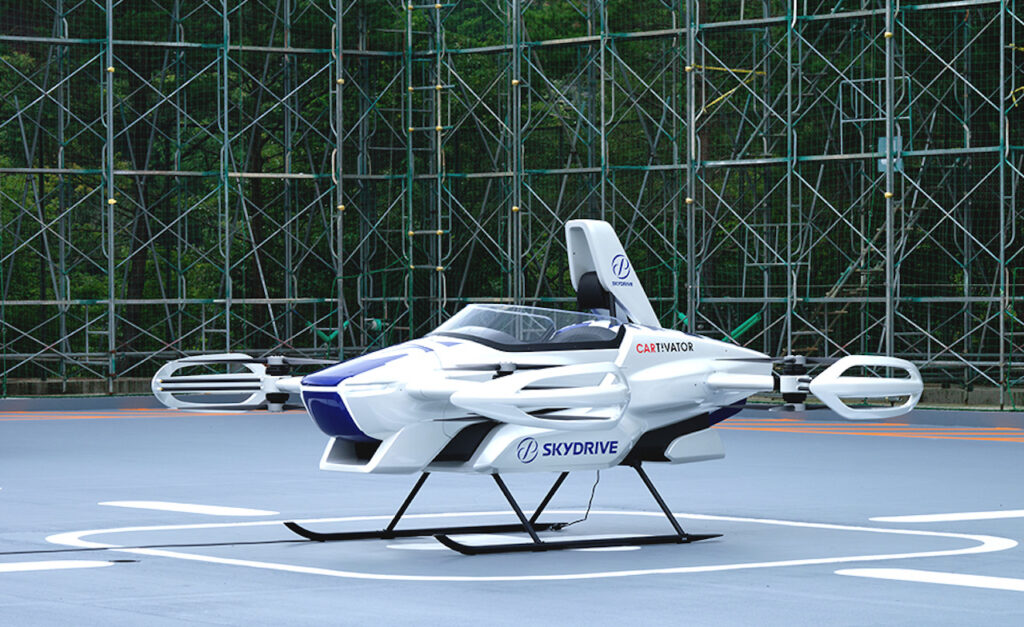
One thing that marks the Skydrive plan apart from other eVTOL projects is its vehicle is small enough to fit in two conventional car park spaces.
In a promotional video, Skydrive shows an owner of its vehicle driving from his apartment along the road to a designated take-off area, then joining a stream of eVTOLs flying into the heart of Tokyo.
The same video depicts an international visitor arriving at Narita international airport, hopping into a Skydrive flying car and making a meeting in Tokyo within a few minutes.
“Of the world’s more than 100 flying car projects, only a handful has succeeded with a person on board,” Skydrive chief Tomohiro Fukuzawa told japantimes.co.jp <<https://www.japantimes.co.jp/news/2020/08/29/business/corporate-business/flying-car-japan-test/>>>.
“I hope many people will want to ride it and feel safe.”

Skydrive’s first commercial flights would be short and over water, to lessen chances of casualties if something goes catastrophically wrong.
“The ride will be only three to five minutes, compared with up to 20 minutes for land transportation, and will be fun and fast,” Fukuzawa said.
“Because there’s a pilot, only one person will be able to use the service at a time. We’re looking to have 1000 people enjoy the ride in the second year of the service in 2024.
“The initial model will fly basically on auto pilot, but it’s not 100 percent autonomous because a pilot would need to manoeuvre it in case of an emergency, for example.”
Toyota is one of more than 100 sponsors of Skydrive, which started as a volunteer project in 2012. It also has an investment in the California eVTOL company Joby Aviation.
While their proponents eulogise the potential of eVTOLs to ease congestion, provide transportation options in remote areas and even be used in response to natural disasters, there are plenty of potential pitfalls to be dealt with.
Battery sizes, air traffic control and other infrastructure issues are among the many potential challenges to commercialising them.
“If they cost $10 million, no one is going to buy them. If they fly for 5 minutes, no one is going to buy them. If they fall out of the sky every so often, no one is going to buy them,” Sanjiv Singh, professor at the Robotics Institute at Carnegie Mellon University, told the japantimes.co.jp.

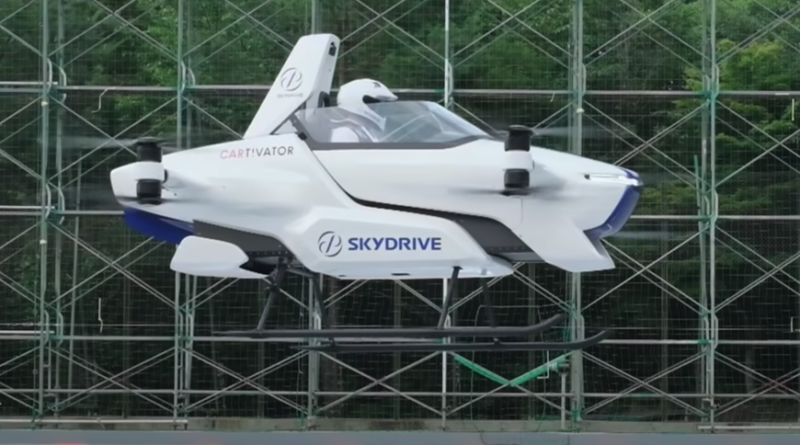
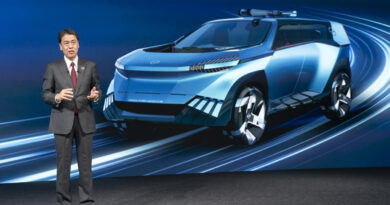
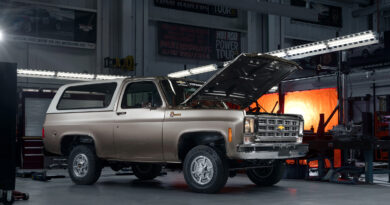
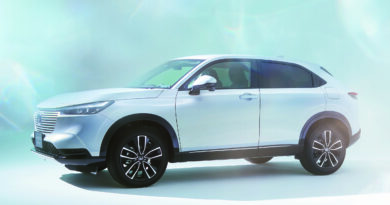
Its an interesting concept BUT.
Given the way people drive on our roads and off them, and that’s only in 2 dimensions, one shudders to think of how they will go with dealing with a 3 dimensional transport environment?
Given the training even a base level aviator, Private Pilots License, is slightly more than needed for a Driver’s License I cant really see this taking off in a major way, or perhaps a minor way.
Then, also to consider, as most people live in crowded cities and airspace over and around these cities is already congested and tightly controlled, how is giving say 10,000 Sydneysiders or Melbournians (as an example) unlimited access to their airspace going to upset that apple cart?
And all this hasn’t even factored in the yobs and bogans who also share our roads.